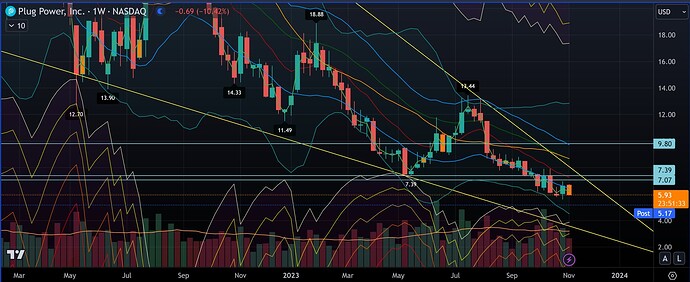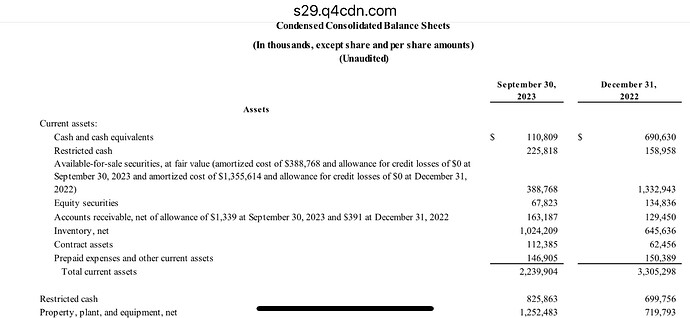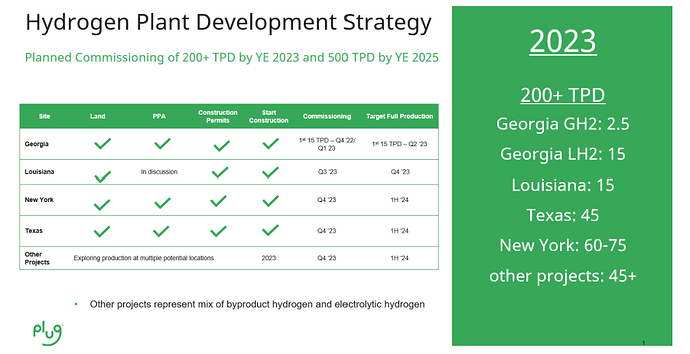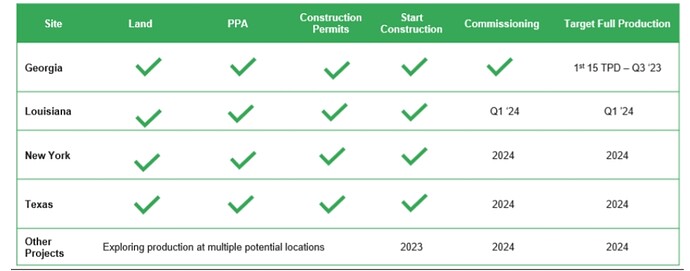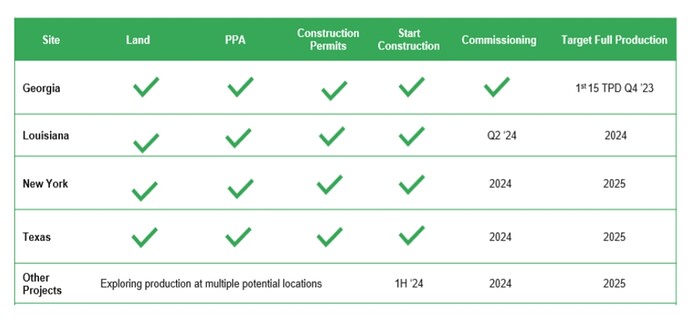Tähänhän löytyikin yksi artikkeli sopivasti netistä… 
Kopioin koko artikkelin kun jutun linkitys ei onnistunut…
Could new hydrogen discovery provide cheaper form of ‘green’ hydrogen?
French scientists found that underground hydrogen is more plentiful than previously expected, although extracting it could be a different story
Larry Rulison
Nov. 5, 2023
11

1of11Exterior sign for Plug Power’s new manufacturing facility on Thursday, Jan. 12, 2023, in Slingerlands, N.Y.Will Waldron/Times Union

COLONIE — Both the Biden and Hochul administrations are making huge investments into the production of “green” hydrogen — a manmade form of hydrogen that is made from water using renewable energy.
And Plug Power, the Latham fuel cell maker, has also made huge bets on seeking to become one of the world’s largest manufacturers and suppliers of green hydrogen — considered by some to be a nearly perfect emissions-free energy source to replace fossil fuels in transportation, power plants, houses and businesses.
Hydrogen is a complicated element and its relationship with climate activists is also complicated.
Hydrogen hasn’t been widely adopted as a fuel yet. Its most popular use is in heavy industrial processes like refining petroleum and producing fertilizer.
Sign up for the Colonie Now newsletter
Keep up with the latest happening in the village of Colonie, Latham, Menands, Loudonville, West Albany and more communities throughout the town of Colonie. Sign up here.
The gas is considered a near emissions-free fuel when used in fuel cells, which uses a chemical reaction to process the hydrogen and emit water vapor.
Hydrogen can also be burned in hydrogen engines, although that combustion does emit a small amount of carbon dioxide, a major greenhouse gas, as well as nitrogen oxide, which also can contribute to climate change.
But hydrogen is mostly a man-made element when used commercially. That’s because hydrogen isn’t normally found in nature in large amounts.
In fact, most hydrogen is made at large processing centers from methane, or natural gas, through an extraction process known as steam reformation. The process of steam reformation of methane makes commercial-grade hydrogen cheaply — but it also releases a lot of carbon dioxide into the atmosphere, contributing to climate change.
Hydrogen like that is what’s known as gray hydrogen, due to its “dirty” greenhouse gas emissions.
But there is an alternative hydrogen manufacturing process that makes hydrogen from water using a process called electrolysis. When using renewable, non-emissions electricity sources like wind or solar power, electrolysis produces what’s known as green hydrogen.
That’s the business that Plug Power is in. The company has been building green hydrogen plants all across the United States and also internationally as governments across the globe seek to reduce and eventually eliminate the use of fossil fuels.
The company’s efforts, which have been supported by both the state and federal government with tax breaks and other financial assistance, have led it to become the world’s largest producer of green hydrogen, although the market is very small compared to the overall hydrogen market.
But what if there was suddenly a much cheaper way to produce climate-friendly hydrogen?
Recent findings by two French scientists are creating hope that there could be.
The scientists, from the National Centre of Scientific Research in Paris, accidentally discovered that hydrogen can be found — potentially in large amounts — very deep underground. And they found what amounts to a huge hydrogen deposit in France that is estimated to have between 6 million and 250 million metric tons of hydrogen.
Such naturally made hydrogen is called geologic, or white, hydrogen because it is considered clean from a climate perspective, at least in the energy industry.
There are about 90 million metric tons of hydrogen consumed worldwide annually, so that one deposit in France could only supply the world for a couple of years maximum. But if there are deposits that large across the world, that would be another story.
“Using a conservative range of input values, the model predicts a mean volume of hydrogen that could supply the projected global hydrogen demand for thousands of years,” Gregory Ellis, a research geologist with the U.S. Geological Survey, was quoted in a story posted on the USGS’s website earlier this year.
Ellis said it’s likely that much of that hydrogen, using current technologies, wouldn’t be accessible. But it could be a good source of hydrogen for hundreds of years. White hydrogen also is much cheaper to produce than green hydrogen.
That sounds bad for Plug Power, right?
For a couple of reasons, that’s not the case, said Kevin Kopczynski, vice president of strategy and mergers and acquisitions at Plug Power.
Kopczynski said it’s well known in the industry that there are large amounts of hydrogen underground, and Plug Power is keeping a close eye on the new developments.
“The question is if it can be commercially extracted with long and predictable reserve life like oil and gas,” Kopczynski said. “No one knows the answer to that question yet. The biggest limiting factor on the clean hydrogen market today is the cost and availability of clean hydrogen.”
Still, Plug Power also believes that any good news about hydrogen and the availability of clean hydrogen will also benefit Plug Power, which is forecasting that it will be able to produce 500 tons of green hydrogen daily by 2025.
“This would be an overall positive driving applications and growth of the sector,” Kopczynski said. “Plug will have significant opportunities to grow if white hydrogen proves a viable natural resource to be harnessed.”
Environmentalists aren’t all in agreement though that hydrogen is a good thing for the climate change. And that includes the potential drilling for white hydrogen.
Some within the environmental lobby point out that drilling for white hydrogen would have to use renewable electricity to power the drilling machines in order to be viewed as climate friendly as green hydrogen. And by doing so, white hydrogen will use up a large amount of renewable energy that is going to be needed to power the electrical grid, which in the future in places like New York and California will no longer use fossil fuels in traditional power plants. And because of that transition to wind and solar farms — and hydropower dams — renewable energy will be needed for the grid itself.
“We do have a lot of concerns,” said Conor Bambrick, director of policy at Environmental Advocates NY.



